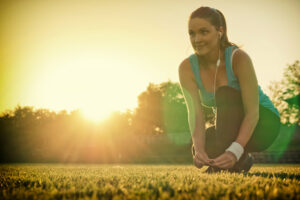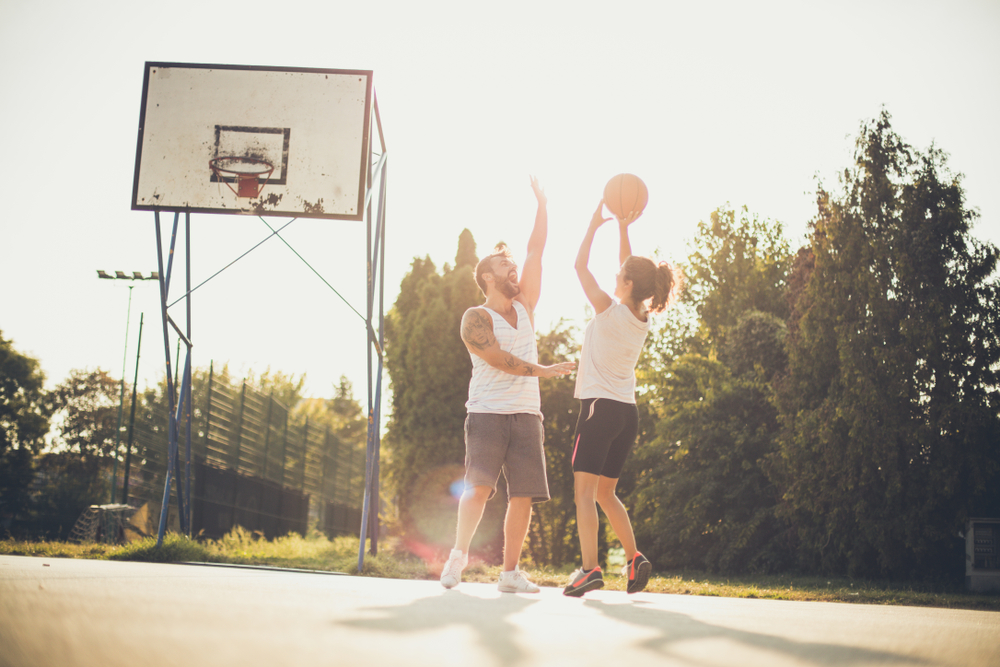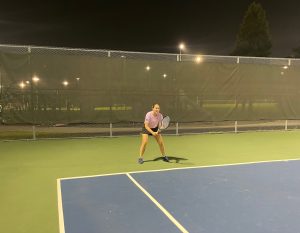 Over the past year, ParticipACTION has examined our physical activity engagement initiatives to identify key gendered differences and share analysis and solutions to our valued sector partners.
Over the past year, ParticipACTION has examined our physical activity engagement initiatives to identify key gendered differences and share analysis and solutions to our valued sector partners.
What better way to celebrate International Women’s Day than to recognize and take action with our learnings to date? Read on for more information.
- Programming: During the Community Challenge, for example, females self-reported significantly lower physical activity levels, including significantly lower moderate-to-vigorous activity and walking weekly minutes, and were less likely to meet the 24-Hour Movement Guidelines for Adults. At ParticipACTION, we are participating in an organizational self-assessment and planning process facilitated by Canadian Women and Sport using their Gender Equity Playbook. This includes Gender Equity LENS training for all staff, and we highly recommend it!
- Develop more customized content for women: There’s an opportunity to better service this target with more customized content and tools that speak to women and women’s issues. For example, we learned that less than a third (32%) of women leverage physical activity as a proactive tool to manage symptoms of menstruation. To help women address these challenges, we created a page with tips, tricks and info for getting active while dealing with period symptoms.
- Make it social: Research tells us that women are more likely to report getting support for physical activity in the form of encouragement from friends and family. Empowering women to get moving together (even if it’s virtual) is key.
- Reframe barriers to physical activity as opportunities: Although low motivation and energy levels are reported by both males and females, being too tired, too busy and having other priorities (like social, family and work) are more pronounced among females. Although we’d like to help alleviate the inequitable mental and physical burden that falls on women in households, our expertise is physical activity. We plan to build more content and tools to help women move within the reality of their day – and how to use children and family, the workday, etc., as opportunities to integrate physical activity in incidental and purposeful ways.
- Physical literacy is a key to getting women active: Research coming out of our Community Challenge had women reporting significantly lower competency, capability and motivation for physical activity. The ingredients to physical literacy – motivation, confidence, physical competence, knowledge and understanding – could be the difference between a woman having an active life or not, and it’s up to us to place this at the core of communications and programming.
- Better understand our 2SLGBTQIA+ communities and their unique needs and barriers to inform safe and inclusive programming and communications: We don’t currently have enough data on these communities to support statistically significant sample size findings. This is a flag that we must better identify, understand and service the diverse needs of women across a wide range of identities.









